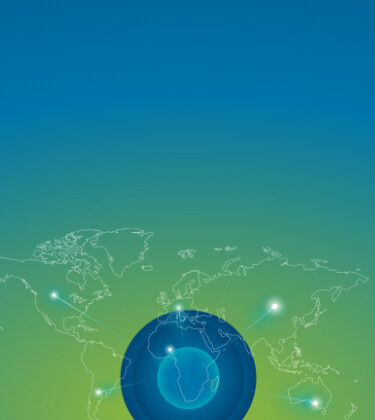


Contents
Past Regional Reports
Long-lead equipment (LLE) lead times have changed drastically since the start of 2022. Suppliers have seen the implications of material shortages, delays and price hikes throughout the supply chain, which is leading to extended lead times and reduced commitment from suppliers for new projects. The key areas in focus are:
Long-lead equipment (LLE) lead times have changed drastically since the start of 2022. Suppliers have seen the implications of material shortages, delays and price hikes throughout the supply chain, which is leading to extended lead times and reduced commitment from suppliers for new projects. The key areas in focus are:
Long-lead equipment (LLE) lead times have changed drastically since the start of 2022. Suppliers have seen the implications of material shortages, delays and price hikes throughout the supply chain, which is leading to extended lead times and reduced commitment from suppliers for new projects. The key areas in focus are:
Long-lead equipment (LLE) lead times have changed drastically since the start of 2022. Suppliers have seen the implications of material shortages, delays and price hikes throughout the supply chain, which is leading to extended lead times and reduced commitment from suppliers for new projects. The key areas in focus are:
Long-lead equipment (LLE) lead times have changed drastically since the start of 2022. Suppliers have seen the implications of material shortages, delays and price hikes throughout the supply chain, which is leading to extended lead times and reduced commitment from suppliers for new projects. The key areas in focus are:
Long-lead equipment (LLE) lead times have changed drastically since the start of 2022. Suppliers have seen the implications of material shortages, delays and price hikes throughout the supply chain, which is leading to extended lead times and reduced commitment from suppliers for new projects. The key areas in focus are:
Long-lead equipment (LLE) lead times have changed drastically since the start of 2022. Suppliers have seen the implications of material shortages, delays and price hikes throughout the supply chain, which is leading to extended lead times and reduced commitment from suppliers for new projects. The key areas in focus are:
Related Insights